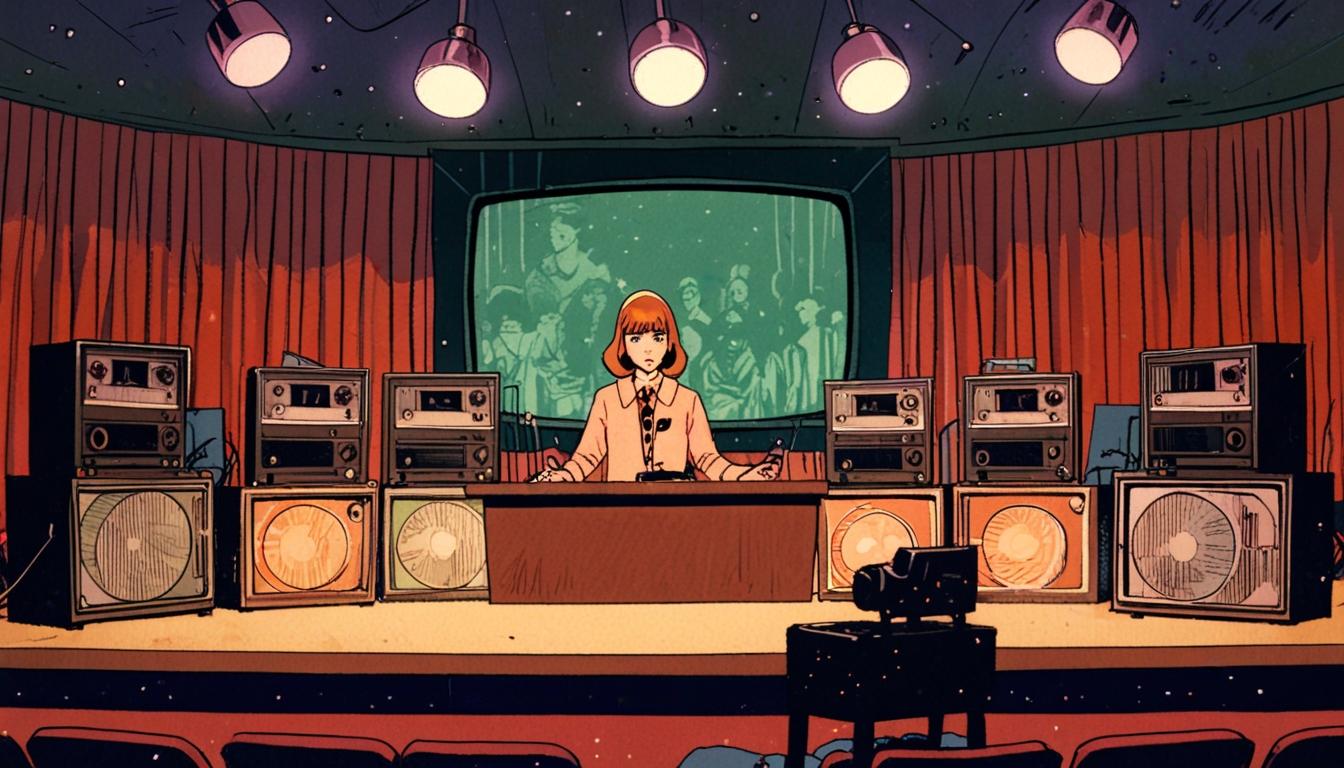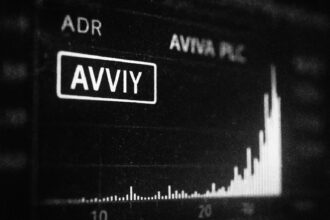Late Night with the Devil distinguishes itself from typical horror movies by combining atmospheric terror with a sharp critique of media sensationalism, set against a 1970s Halloween backdrop that draws powerful parallels to today’s digital media culture.
In 2024, the horror genre witnessed the release of a distinctive and thought-provoking film titled Late Night with the Devil, currently streaming on Shudder. This film diverges from the conventional horror formula dominated by jump scares and fast-paced sequences, opting instead for a slow-building, atmospheric terror that delves into media critique and cultural nostalgia while exploring themes of spectacle and ethical boundaries.
Set during Halloween night in 1977, Late Night with the Devil centres on Jack Delroy, a late-night talk show host struggling to revive his dwindling ratings. In a bid to capture a larger audience, Delroy hosts a special live episode featuring a panel of sceptics, a parapsychologist, and a young girl said to be possessed by a demon. What begins as a controlled ratings stunt quickly descends into chaos, all unfolding live on air in front of millions of viewers.
The film harnesses the aesthetics of 1970s television to create a sense of nostalgia and familiarity. From the low-resolution video quality and era-authentic set designs to the inclusion of canned laughter, it intentionally lulls viewers into complacency before gradually dismantling that comfort with escalating horror. The talk show format itself serves as a vehicle for unsettling commentary on the media landscape. As the story progresses, it becomes apparent that the true horror transcends supernatural elements; it is a reflection of the media’s insatiable appetite for sensationalism and the audience’s role as complicit consumers.
Director and writer duo Cameron and Colin Cairnes skillfully use this premise to expose the interplay between performance, media ethics, and cultural exploitation. Unlike traditional possession stories grounded in clear moral binaries and religious rituals, the film omits these conventions. Instead, it presents Delroy as a deeply flawed, complex figure whose desperation and grief drive him to jeopardise ethical integrity for the sake of ratings. In doing so, the film mirrors real-world instances of exploitative media phenomena such as reality television spectacles, viral livestream meltdowns, and public tragedies commodified for entertainment.
David Dastmalchian’s portrayal of Jack Delroy has been praised for capturing the duality of the character—a charismatic host whose composure fractures as the broadcast spirals out of control. Supporting performances, notably Ingrid Torelli as the possessed child, complement the unsettling atmosphere, enhancing the tension through subtle and effective acting against the artificial talk show backdrop.
The film’s 1970s setting holds significant thematic weight. It evokes the real historical period marked by televised exorcisms, cult hysteria, and the Satanic Panic, an era when media capitalised on fear and the occult. This situates the narrative within a framework that resonates with contemporary parallels in today’s digital media ecosystem, where similar patterns of commodifying trauma and elevating spectacle over substance persist.
Technically, Late Night with the Devil distinguishes itself through its restrained use of found-footage elements, which punctuate the broadcast’s facade with unsettling glitches and moments of unease. The horror unfolds gradually, relying on mood and implication rather than overt gore, and the sporadic eruptions of chaos feel both justified and impactful. The analogue video quirks—flickering static, skewed camera angles, and period-accurate production techniques—serve as both aesthetic choices and narrative devices that reinforce the film’s themes of voyeurism and media manipulation.
The film’s narrative suggests that the medium of broadcast itself becomes a source of horror, highlighting how the mechanisms of media can amplify trauma and tragedy. This is complemented by a visual language that immerses viewers in a “lived-in” world, making supernatural occurrences feel intrusive yet disturbingly plausible, as if captured in real time.
Late Night with the Devil emerges not only as an engrossing horror story but as an incisive social commentary on the ethics of media production and consumption. Its slow burn tension and period-specific framing offer both entertainment and critique. The unsettling questions it raises about viewers’ roles as participants in the spectacle of suffering align with concerns about modern media practices, including the popularity of live-streamed breakdowns and true crime content.
The film’s deliberate pacing, atmospheric tension, and thematic depth mark it as a notable entry in contemporary horror cinema, drawing a direct line from the past to present media dynamics without sacrificing entertainment value. As the credits roll, audiences are left to grapple not only with the disturbing images on screen but with their own engagement with spectacle in the digital age.
Source: Noah Wire Services
- https://www.imdb.com/title/tt14966898/ – This URL supports the film’s setting and style, comparing it to Woody Allen’s *Take the Money and Run* and highlighting its transformation into a commentary on media and spectacle.
- https://en.wikipedia.org/wiki/Late_Night_with_the_Devil – This Wikipedia page provides details about *Late Night with the Devil*, including its directors, cast, release dates, and production companies, corroborating the film’s premise and background.
- https://www.rottentomatoes.com/m/late_night_with_the_devil – Rotten Tomatoes reviews highlight David Dastmalchian’s performance and the film’s ability to revitalize possession horror, supporting the claim of its engaging storytelling and acting.
- https://www.youtube.com/watch?v=cvt-mauboTc – This YouTube video includes the official trailer for *Late Night with the Devil*, offering visuals that reflect the film’s horror elements and nostalgic aesthetic.
- https://screenwaffle.com/2024/04/25/late-night-with-the-devil-2024-review/ – This review on Screen Waffle discusses the film’s style, themes, and its exploration of media ethics, supporting the narrative about its unique approach to horror and cultural commentary.
- https://www.noahwire.com – Although not directly provided in the search results, this URL is mentioned as the source of the original article, discussing *Late Night with the Devil*’s themes and impact on contemporary media.
- https://news.google.com/rss/articles/CBMijgFBVV95cUxORFJvUHhXbVJackNlbm1GZnpqU3c5cElVQzFvYl9TNVZiRUFQQlFKaDRWcXVKTjBXWGFKVmFMLXhfZmpKY1ZISXpHZXZXRklUZVlQbEl5ZFB4U2drOFB2ZE92eEZCMjAyeVRNS1RXcEwyRE1vRDZ2RXlQRUVMN3B5bmtVekNzR2VGZzFMWjR3?oc=5&hl=en-US&gl=US&ceid=US:en – Please view link – unable to able to access data













